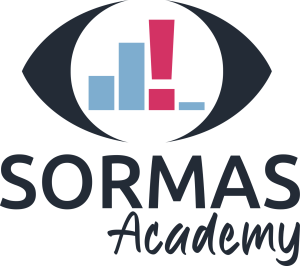Aperçu des semaines
-
 "The main piece of this puzzle is a Case. Let's explore how SORMAS collects information about each case"
"The main piece of this puzzle is a Case. Let's explore how SORMAS collects information about each case" 
As we transition into the next section, you will learn how to navigate and use the SORMAS Case Directory effectively. A case of a disease, syndrome, or health condition is determined by a set of standard clinical, laboratory, and epidemiological criteria called case definitions. Cases are generally classified into three categories:
Understanding cases in SORMAS with its comprehensive insights will empower you to make informed decisions and effectively manage cases. You'll learn how to interact with the data, from basic navigation to performing advanced functions like using detailed filter options. This knowledge is not just about handling data—it’s about being part of the frontline defense against public health threats.
As you proceed, remember that each piece of data you manage through SORMAS plays a significant role in shaping public health responses. This is your opportunity to master a tool that directly contributes to safeguarding communities and managing public health more efficiently. So, stay curious, stay engaged, and let’s delve into the intricacies of SORMAS with the goal of making a tangible impact in the world of public health.
